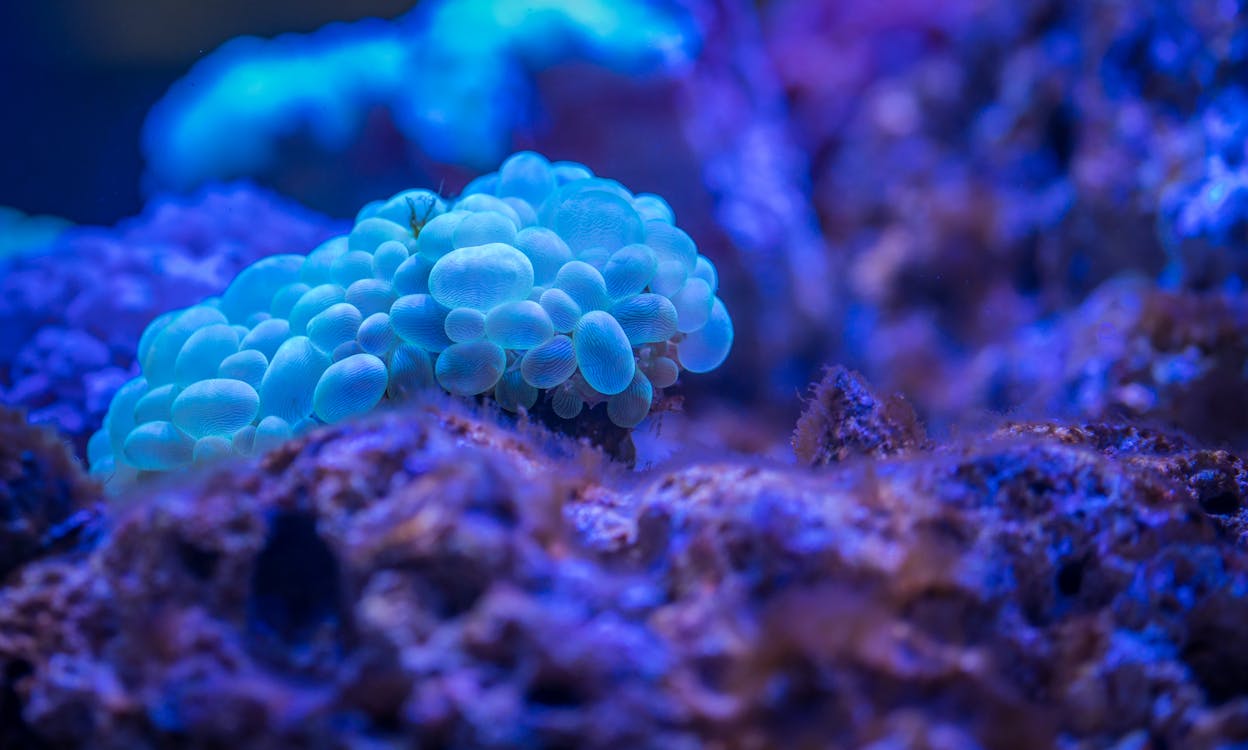Internal Structures of a Plant Cell
Internal Structures of a Plant Cell
· The Nucleus
§ Spherical body containing a nucleolus
§ Surrounded by the nuclear membrane
§ Contains DNA (the genetic material in chromosomes)
· Nucleolus
§ An organelle within the nucleus where ribosomal RNA is produced
§ It controls many of the functions of the cell (by controlling protein synthesis)
· Centrosome
§ It is a small body located near the nucleus that forms and organizes microtubules
§ Microtubules are important in cell division (mitosis)
· Ribosomes
§ Are small organelles composed of RNA-rich cytoplasmic granules that are sites of protein synthesis
· Endoplasmic Reticulum
§ Endoplasmic reticulum is a system of interconnected, membranous, infolded and convoluted sacks located in cytoplasm (the ER is continuous with the outer nuclear membrane)
§ It transports materials through the cell and produces proteins
§ Smooth Endoplasmic Reticulum are smooth (i.e. no ribosomes on surface)
§ Contains enzymes and produces and digests lipids (fats) and membrane proteins
· Golgi Complex: (i.e. Golgi apparatus or Golgi body)
§ Is a flattened, layered, sac-like organelle that looks like a stack of pancakes, located near the nucleus
§ It packages and transports materials (proteins and carbohydrates) to different locations inside/outside cell
· Mitochondria
§ Spherical to rod-shaped organelles with a double membrane that generates energy for the cell
· Plastids
§ Are structures responsible for photosynthesis, storage of products like starch and for the synthesis of many classes of molecules such as fatty acids etc. needed as cellular building blocks and/or for the function of the plant. There several types; proplastids, etioplasts, chloroplasts, chromoplasts, leucoplasts and leucoplasts specialized for different functions in the plant body.
· Vacuoles
§ Are regions bound by membrane and filled with cell sap and surrounded by the tonoplast
§ In mature living cells may compose 90 – 95% of cell volume
§ Storagesite for variety of (ergastic) substances such as:
§ Water
§ Enzymes and other proteins
§ Water-soluble pigments (e.g. red and blue anthocyanins)
§ Toxic alkaloids, tannins
§ Lipids
§ Crystals (calcium oxalate, calcium carbonate, silicon dioxide)
§ Organic acids (oxalate, malate)

References
Evans, W. C. (2009). Trease and Evans Pharmacognosy. India: Reed Elsevier Limited.
